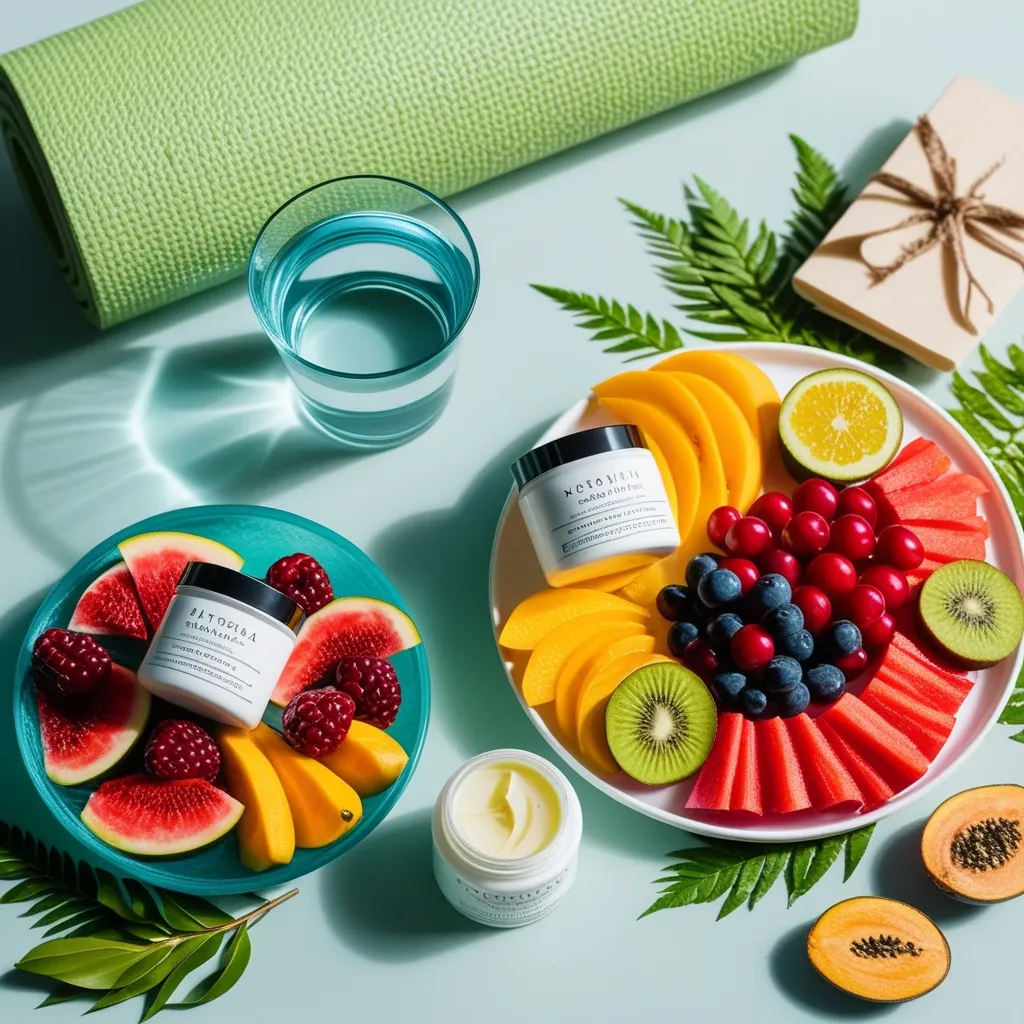Type 1 diabetes is a lifelong condition where the body can’t make insulin, the hormone that helps control blood sugar. Think of insulin as the key that unlocks cells to let glucose from the bloodstream in, so the body can use it for energy. Without enough insulin, sugar hangs out in the blood, causing all sorts of trouble.
Understanding Type 1 Diabetes
So, what’s the deal with type 1 diabetes? It’s an autoimmune thing where the body attacks its own insulin-producing cells in the pancreas. Imagine your body is a battlefield, and in this scenario, your immune system mistakenly bombs its own insulin factories. The pancreas gets bruised and eventually stops making enough insulin. This means folks with type 1 diabetes need to rely on external insulin to keep their blood sugar in check. Around 1.25 million Americans are dealing with this, and it’s not entirely clear why. Genetics, family history, and even where you live might have fingers in the pie. It can hit at any age but tends to show up most in kids aged four to seven and then again between ten and fourteen.
Symptoms to Watch For
Type 1 diabetes doesn’t tiptoe—its symptoms often pop up suddenly, especially in kids. Imagine suddenly being super thirsty all the time and running to the bathroom a lot. That’s because your body is trying to flush out the extra sugar. Feeling ravenous, losing weight without trying, being tired or weak, having blurry vision, and going through mood swings are also indicators. If these symptoms start showing up, it’s time to see a doctor pronto for a proper check.
Diagnosing the Condition
Diagnosing type 1 diabetes is all about blood tests. Common ones are the A1C test, which gives an average of blood sugar levels over the last few months, and then the random and fasting blood sugar tests. There might also be additional tests to check for specific antibodies that indicate type 1 diabetes, just to make sure it’s not type 2 diabetes sneaking in.
How to Treat It
Treating type 1 diabetes is a lifelong gig and centers around insulin therapy. This means taking insulin from outside sources because the pancreas is on vacation. Insulin can be given through shots or an insulin pump. There are different types of insulin aimed at working at various times during the day. Rapid-acting insulin works fast to cover the blood sugar spike after meals, while long-acting insulin helps maintain a steady level throughout the day.
Diet and Lifestyle Changes
Managing type 1 diabetes isn’t just about insulin; diet plays a huge role too. Counting carbs, fats, and proteins is crucial to match food intake with insulin doses correctly. Eating healthy is vital—think fresh veggies, whole grains, lean proteins, and good fats while dodging sugary and processed junk. Regular exercise is also key. It kind of tunes the body’s sensitivity to insulin and helps keep a healthy weight. But it requires some finesse; blood sugar levels should be checked before, during, and after exercise to avoid drops in blood sugar.
Monitoring Blood Sugar
Keeping an eye on blood sugar levels is a big part of keeping type 1 diabetes in check. This can be done using a blood glucose meter or through a continuous glucose monitoring system (CGM). Regular monitoring helps fine-tune insulin doses, tweak meal plans, and adjust physical activity to keep blood sugar levels optimal. Checking blood sugar frequently—before meals, after meals, before physical activity, and before bed—is generally recommended.
Handling Low Blood Sugar
Hypoglycemia is just a fancy term for low blood sugar, and it’s common with type 1 diabetes. Symptoms can be as mild as feeling shaky or hungry to as severe as confusion or even passing out. Recognizing these signs early is super important and treating them quickly with fast-acting carbs like juice or glucose tabs can make all the difference. Managing hypoglycemia involves smartly adjusting insulin doses, meal timings, and activity, along with regular blood sugar monitoring.
Advanced Treatment Options
While insulin therapy is the backbone, there are some pretty cool advanced options too. Continuous glucose monitoring systems and insulin pumps have made blood sugar level management more precise. These gadgets offer real-time data and can automatically adjust insulin doses. For some, there’s the option of a pancreas transplant, but that’s typically a last-resort thing for those with extremely tough-to-manage diabetes since it’s a serious surgery with its own risks.
Living with Type 1 Diabetes
Despite its challenges, people with type 1 diabetes can lead active, fulfilling lives. With a solid game plan that includes insulin therapy, a balanced diet, and regular monitoring, managing the condition becomes a way of life. Thanks to advances in technology and medical research, treatment options keep getting better. Working with a healthcare team to fine-tune a personalized treatment plan is fundamental.
So, type 1 diabetes is a chronic condition, but with the right strategy involving insulin, diet, and monitoring, life goes on beautifully. Understanding the symptoms, knowing how to get diagnosed, and embracing the range of treatment options are critical steps in living a healthy and rewarding life.






